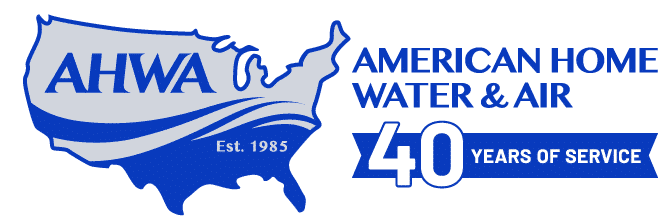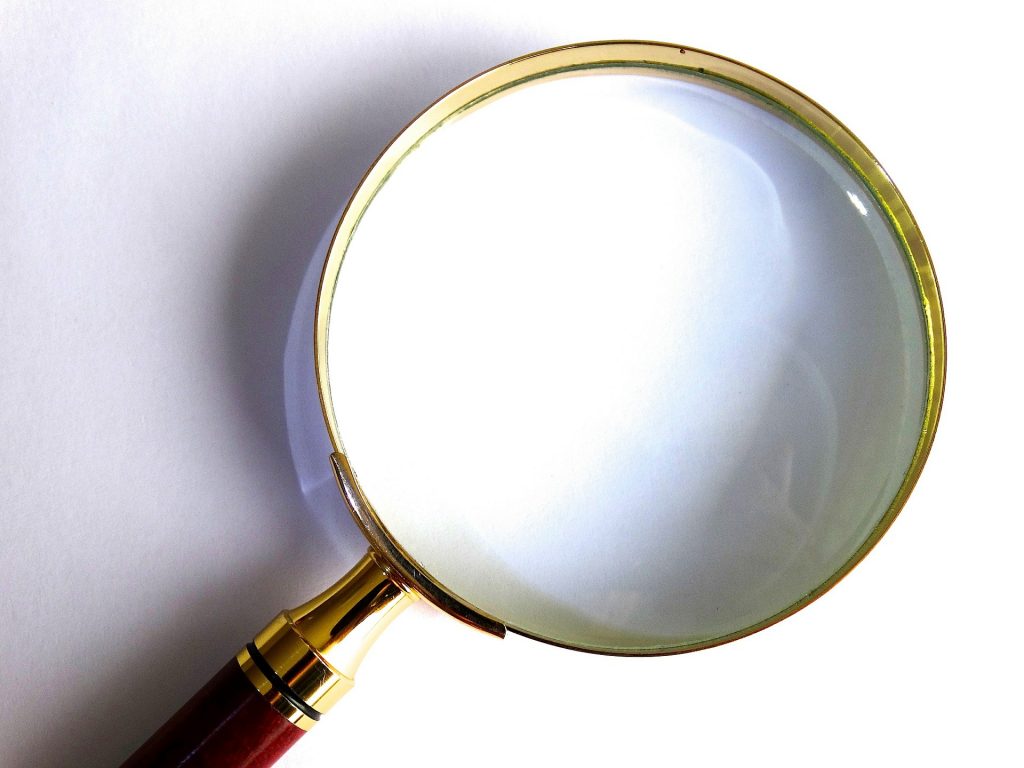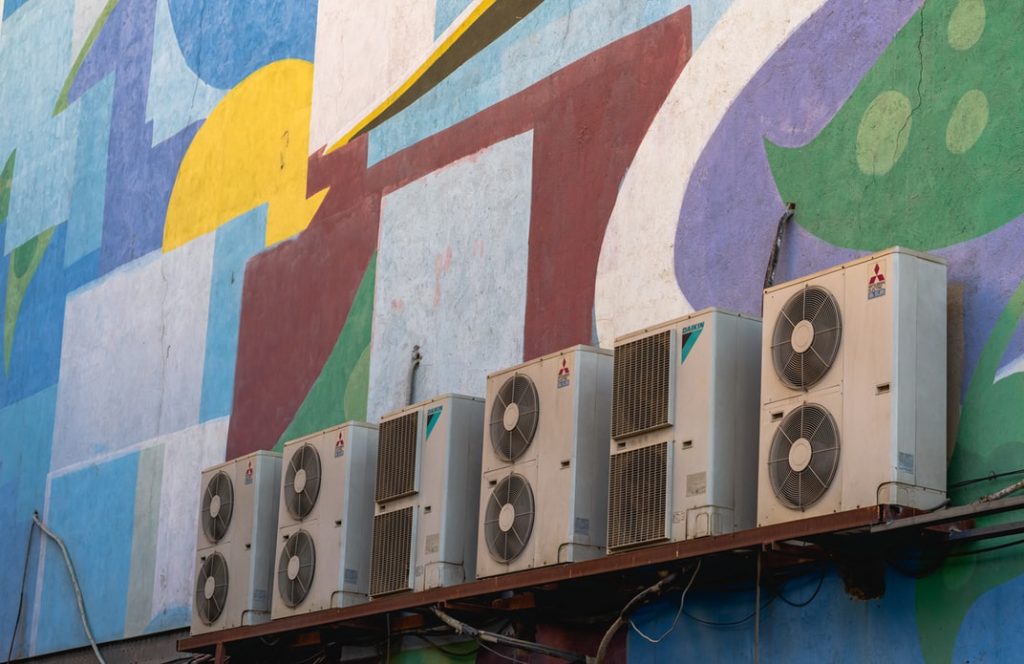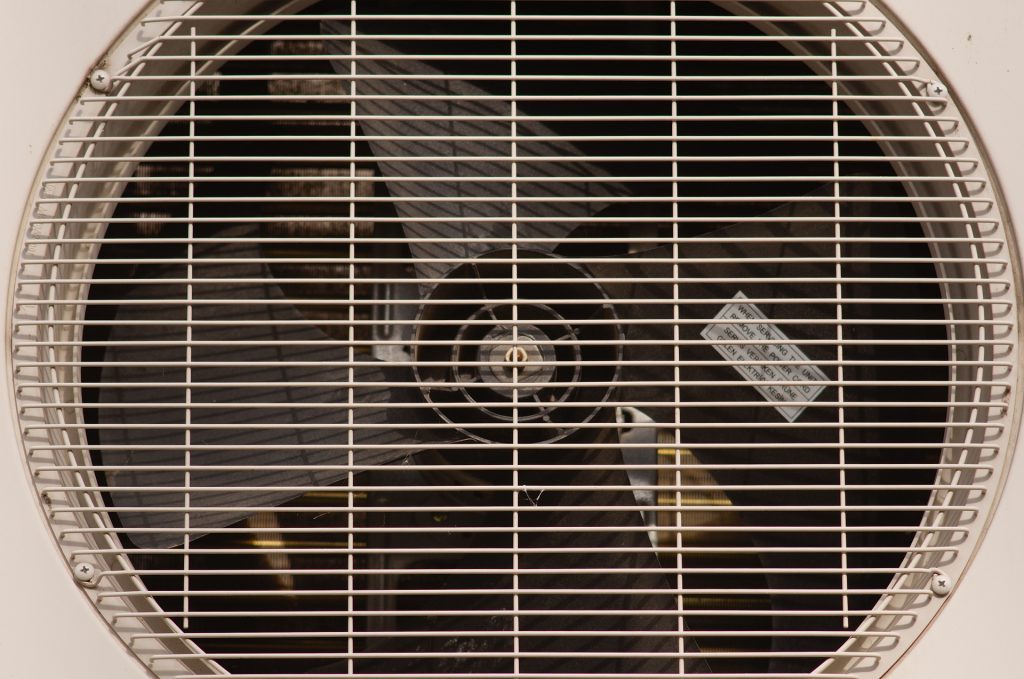Trane furnaces are renowned for their durability and exceptional performance, keeping your home warm and comfortable throughout the coldest months. But like any mechanical system, they can develop issues over time. Understanding how to troubleshoot common furnace problems can save you time and money, especially when the outside temperature is freezing.
In this guide, we’ll walk you through the most common Trane furnace problems, how to identify them, provide helpful troubleshooting tips, and show you when to call a pro—so you can enjoy peace of mind all winter long.
Understanding Your Trane Furnace: Key Components
Before diving into troubleshooting, it’s important to familiarize yourself with the main components of your Trane furnace. Knowing how these parts work together can help you identify where things might go wrong:
- Thermostat: The control center for your furnace. It regulates the temperature of your home and tells the furnace when to turn on or off.
- Ignitor: This component is responsible for igniting the gas or heating element, allowing the furnace to start generating heat. A faulty ignitor can stop the furnace from igniting, and it may need to be cleaned or replaced to restore proper function.
- Gas Valve: The gas valve regulates the flow of gas to the furnace, enabling it to heat the air.
- Blower Motor: The motor circulates warm air throughout your home via the ductwork.
- Control Board: The brain of the furnace, which coordinates various components and ensures smooth operation.
By understanding how these parts function, you’ll be better equipped to pinpoint potential issues and perform basic troubleshooting. However, if you’re unsure about resolving the issues, professionals specializing in heating repair or heating installation can provide the expertise you need.
Common Trane Furnace Issues and How to Diagnose and Fix Them
Furnace Not Turning On
A furnace that refuses to turn on is one of the most frustrating issues. Here are the most common causes:
- Power Supply Issues: Ensure the furnace is plugged in and make sure the circuit breaker hasn’t tripped. A simple reset of the furnace motor blower may be all that’s needed.
- Thermostat Malfunction: If your thermostat is set correctly but the furnace still isn’t responding, check the batteries or settings. You might need to replace the thermostat if it’s malfunctioning.
- Blower Door Problem: If the blower door is not securely closed, the furnace won’t turn on. Try opening and closing it a few times to make sure it’s securely latched.
Furnace Not Producing Heat
If your furnace runs but doesn’t produce heat, there could be several causes:
- Faulty Igniter: If the igniter is dirty or malfunctioning, the furnace may fail to ignite. Inspect the igniter and clean it or replace it if necessary.
- Gas Valve Problem: If the gas valve is closed or faulty, gas won’t reach the burners, and your furnace won’t heat the air. Make sure the valve is open and check for any signs of damage.
- Flame Sensor Issues: If the flame sensor is malfunctioning or dirty, the furnace may shut down immediately after starting. Cleaning or replacing the sensor should fix this issue.
- Limit Switch and Overheating: A tripped limit switch may prevent the furnace from running if it detects overheating. While resetting the switch may help, consistent tripping usually points to a bigger issue that needs attention.
Furnace Displaying Error Codes
Trane furnaces, such as the XR80 and XR90 models, use flashing lights to indicate specific errors. These codes help homeowners and technicians diagnose issues quickly:
- Trane XR80 Error Codes:
- 2 Flashes: External lockout.
- 7 Flashes: Gas valve problem.
- 8 Flashes: Low flame signal.
- Trane XR90 Error Codes:
- 3 Flashes: Pressure switch error.
- 5 Flashes: Flame present when it shouldn’t be.
- 6 Flashes: Poor grounding.
Each of these error codes corresponds to a specific problem that can often be diagnosed with a little research. If the issue persists, it’s best to call an HVAC company to ensure your furnace runs safely.
Strange Noises from the Furnace
Unusual sounds coming from your furnace may indicate that there’s an underlying issue:
- Banging or Popping: This could indicate a problem with the burners or the heat exchanger. It’s best to have a professional inspect the furnace.
- Rattling or Whistling: These noises often come from loose components, dirty burners, or airflow restrictions. Check for obstructions or clean the burners if needed.
When to Call a Professional for Trane Furnace Troubleshooting
While many Trane furnace issues can be solved with basic troubleshooting, some problems require the expertise of a professional HVAC technician. You should call for professional help if:
- The furnace displays persistent error codes that you can’t resolve.
- You’re dealing with gas or electrical issues that may be dangerous to handle without the right expertise.
- You’ve tried troubleshooting, but the problem persists or worsens.
Even if the issue seems minor, it’s always safer to consult an HVAC professional, especially when dealing with gas components or electrical systems. In some cases, repairing or replacing a heating system might be the best solution. Understanding the average cost to replace heating and air conditioning can help you make a more informed decision on whether a replacement or repair is right for your situation.
Preventive Maintenance to Avoid Future Issues
To minimize the risk of future problems, regular furnace maintenance is key. Here are some maintenance tips to keep your Trane furnace running efficiently:
- Clean or Replace Filters: Dirty furnace filters can restrict airflow, causing the furnace to strain and operate less efficiently. It’s important to inspect your filters every 1-3 months and replace them when necessary.
- Inspect the Igniter: Clean or replace the igniter every few years to ensure it’s functioning properly.
- Check the Pilot Light:Ensure the pilot light is lit and functioning properly. If it continues to malfunction, it may indicate an issue with the thermocouple or gas supply.
- Schedule Annual Inspections: Have a professional inspect your furnace at least once a year to ensure optimal performance and safety. Regular inspection can help identify and address minor issues before they turn into costly repairs.
Investing in a regular furnace maintenance plan can help extend the lifespan of your furnace and prevent costly repairs. If you are thinking about replacing your current furnace, it’s worth looking into the best furnace and AC systems as well as the cost of having a new furnace installed.
Conclusion: Keeping Your Trane Furnace in Top Condition
Your Trane furnace is built to last, but that doesn’t mean it’s maintenance-free. By staying on top of routine care and knowing how to troubleshoot common issues, you can keep your system running efficiently and avoid unexpected breakdowns.
Whether you’re dealing with minor issues or want the peace of mind that everything is working as it should, keeping your Trane furnace in top shape is always worthwhile. And if you’re unsure about a heating repair or replacement, don’t hesitate to contact our team at AHWA for support.










